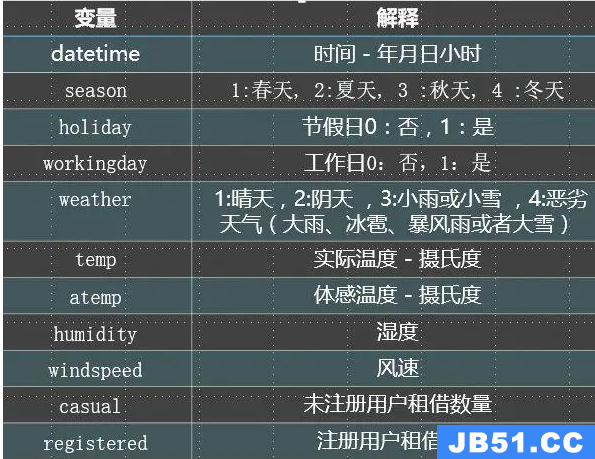一、伪类
this.prototype = { constructor: this};
Function.method('new',function(){
//创建一个新对象,它继承自构造函数的原型对象
var that = Object.create(this.prototype);
// 调用构造函数,绑定-this-到新对象上
var other = this.apply(that,arguments);
//如果返回值不是一个对象,就返回该新对象
return (typeof other ==='object'&&other)||that;
})
我们定义一个构造器来扩充它的原型
var Mammal = function(name){
this.name=name;
};
Mammal.prototype.get_name = function(){
return this.name;
};
Mammal.prototype.says = function(){
return this.saying || '';
}
现在我们构造一个实例
var myMammal = new Mammal('Hello World!');
var name = myMammal.get_name();
我们构造一个伪类来继承Mammal,通过定义它的constructor函数并替换他的prototype为一个Mamma
var Cat = function(name){
this.name =name;
this.saying= 'meow';
}
替换Cat.prototype为一个新的Mammal实例
Cat.prototype =new Mammal();
Cat.prototype.get_name = function(){
return this.says()+''+this.name+''+this.says();
};
var myCat =new Cat('wsm');
var says = myCat.says();
var name= myCat.get_name();
二、原型
- 构造一个有用的对象开始,接着可以构造更多和那个对象类似的对象。
Object.create方法构造更多的实例
三、函数化
运用模块模式的继承模式去保护隐私。





